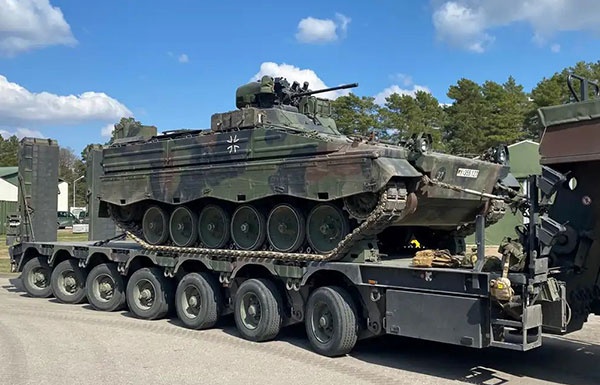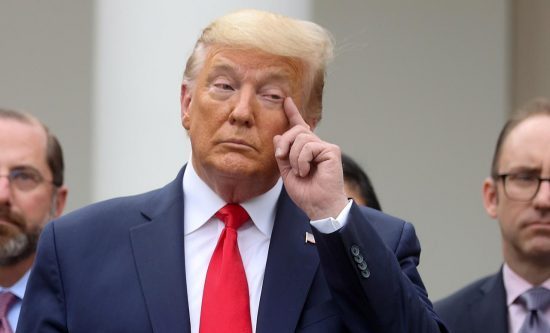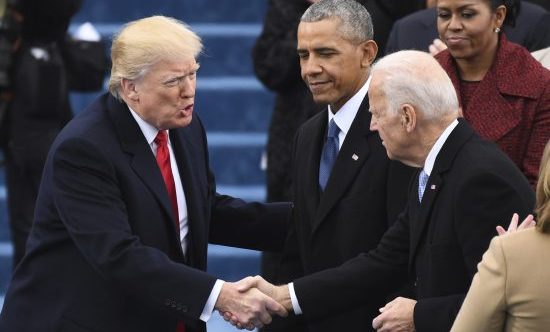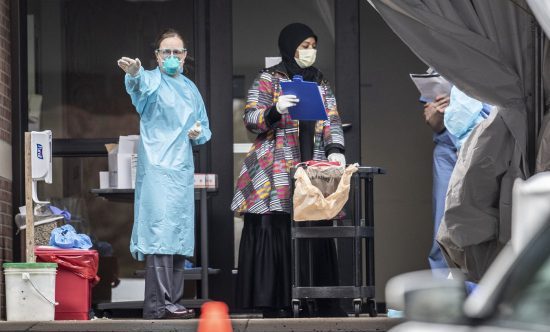On January 8, in retaliation for the assassination of General Qasem Soleimani, Iran launched a series of missile strikes against US military bases in Iraq, after which both sides decided to de-escalate the situation and even expressed a readiness to negotiate.
The current situation is a natural outcome of the policy that the Donald Trump administration has pursued toward Iran over the past few years, from the very beginning of his presidency. In principle, this “soft strangulation” strategy was aimed at gradually boiling the situation inside Iran so that people would rise up and overthrow the ruling regime. In addition, the Americans have taken a number of actions throughout the region – especially in countries that are important for Iran and are part of the so-called “axis of resistance” – to contain its claims to dominance in the region. Recently, the Iranians have taken a series of bold steps, which, in the opinion of the Americans, have weakened their position and strongly moved the “containment threshold” in a way that was not in their favour.
That is why the United States took an unprecedentedly defiant and insidious step – the killing of the second most powerful person in the country. Thus, it at once jumped over several steps of the escalation ladder, and sent a clear signal to Iran, that its regional dominance and nuclear programme were unacceptable, and the only way out was to moderate its ambitions, sit down at the negotiating table, and make a deal with the Americans, although the Americans have no clear vision for this deal yet. The main goal of the United States is to turn Iran from a hostile country into a neutral one at minimum, and at best, into a cooperative and compliant state. This goal cannot be achieved through war, therefore political or economic coercion seems to be the most effective tool.
The physical elimination of Qasem Soleimani, perhaps for some time, will reduce the ability of the Iranians to create problems for the Americans and their allies: he was a very influential person; an adequate replacement has yet to be found. Tehran could not ignore this action or fail to retaliate, but could not answer in such a way that it would provoke a war and engage in a symmetrical conflict. As a result, Iran chose a way that looked quite good for the local public and media – the shelling of the American military infrastructure. However, this action was carried out rather cautiously: the Iranians notified the Iraqis, and they notified the Americans, although sources in the region say that some panic at their bases did occur. Most importantly, it had a public effect: the Iranian media reported casualties for an internal audience; Trump, also for an internal audience, said that there were no victims, and demonstrated his bravery as a leader who could handle a critical situation in a timely manner; albeit one he had created himself. This worked well for his domestic audience and even to some extent increased his chances of being re-elected. If the Americans did become mired in a direct military conflict, it would greatly reduce Trump’s chances.
Iran’s designation of the Pentagon and the US Armed Forces as “terrorist organisations” is also a symmetrical and largely symbolic action for domestic consumption, which by and large will not affect anything. However, there are legal aspects: after the recognition of the IRGC as a terrorist organisation, the US military had to follow certain rules of interaction – not to let them get closer to their objects than certain distances and not to negotiate with the IRGC without appropriate permission from above. According to the letter of the law, this could complicate contacts and interaction in general, although Donald Trump had announced the need for US-Iran cooperation in the fight against ISIS.
Both sides seem to come out of this “strange war” with a minimal set of wins: Iran showed that it could challenge the superpower and even attack it, and the USA showed that, despite all the criticism, it really remains a superpower, which of its own free will can kill people whom it considers dangerous to American interests, without any political or other responsibility.
This situation really opens up the opportunity to move forward. In general, the parties have not abandoned their strategic interests. The Iranians will retain their ambitions for regional dominance, even if they are forced to reshape right now. The Americans will retain their intention to warm up the Iranian regime from the inside. There is nothing new in Donald Trump’s call for negotiations: he wants to be remembered in history as a deal-maker, but how he plans to achieve this, especially with the Iranians, is not entirely clear. The most important point of the American programme is that Washington wants to limit not only Iran’s nuclear programme, but also the missile programme – which, as can be seen from the shelling of the US bases, is operating and developing. As far as Iranian interests are concerned, they are mostly interested in the lifting of sanctions or receiving some compensation for their hardships from third parties.
In this case, it is unlikely that any serious deal will be concluded before November of this year; that is, before the end of Trump’s current term. When Iran says that the conflict is not over, it is not being cunning. The current phase has really ended, the parties decided to de-escalate. However, the confrontation will continue. It may well turn out that a new aggravation in this direction will happen in the summer or autumn, when the Iranians would want to once again weaken Trump’s positions or present him with some unpleasant “surprise” before the elections.
Original publication valdaiclub.com












